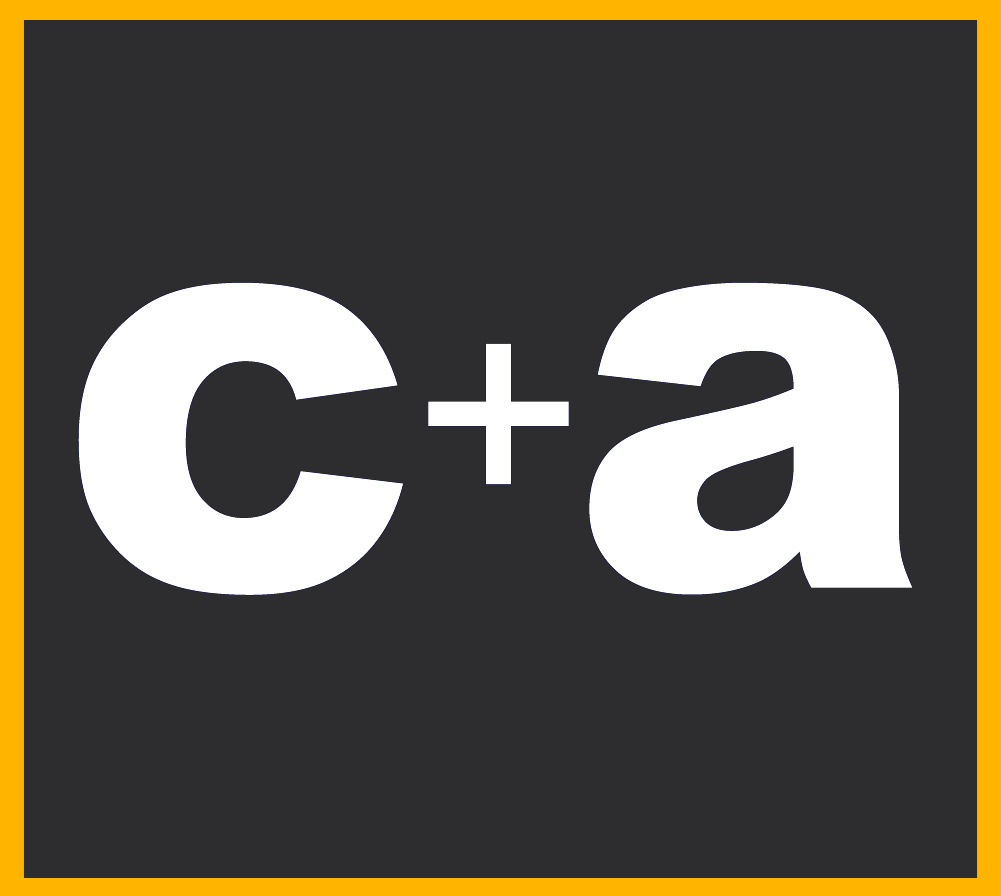Do you write traditional job descriptions?
- curranrecruit
- Dec 9, 2014
- 3 min read
Since we promote people based on their performance, why don’t we hire them the same way? (Lou Adler, 2007).
In this week’s blog post we discuss job descriptions and briefly introduce the growing trend of performance-based job descriptions.
Lou Adler, a world renowned HR guru, is a firm believer and advocate in abolishing traditional job descriptions and moving towards job descriptions that are performance-based. He emphasises that most job descriptions today are filled with lists of skills, qualifications, and traits which don’t have any real evidence or support that a candidate can perform.
How do you know you need someone with 5-8 years of direct industry experience? Would someone with four years’ experience not be of the same standard? What Adler encourages is that hiring managers need to figure out what great performance actually looks like. For example, the performance you desire could be a customer service rep who achieves >75% customer satisfaction ratings; or a salesperson who upsells to a certain ratio of clients; or a project manager who succeeds in implementing a complicated new system on time and on budget.
What does a person need to do in order to be considered successful?
Traditional or ‘experience’ based job descriptions are focused on ‘having’ rather than ‘doing’. A performance based job description on the other hand, takes into account behaviours and core competencies in the right proportions to ensure that key deliverables are met. They focus on outcomes. Can the candidate really do the work at the required level? Will they have enough energy, team skills, technical ability, and other related competencies?
Take a look at this comparison –
Traditional job description: Must have a BSEE in automated control theory from a top university and 5-8 years of direct industry experience
Performance-based job description: Able to complete the system design for a new robotic controller line within six months.
By using performance-based job descriptions you can uncover the motivation and drive of the individuals, not just their technical skills or their experience. The description is more open to their interpretation in proving how they would be able to accomplish the needed outcome.
This week’s tips for creating performance-based job descriptions:
Look at your top performers. Consider your best performing people in the same or a similar role. What do these people do differently than the average? How do they approach their work? What do they do when something goes wrong? The more you look into these key metrics, the more detailed a portrait of what high performance for your role will be revealed.
Convert your traditional job description by using the most important competencies to gain performance objectives. Factors like leadership and team skills and communication are subjective and difficult to assess. To address this, ask “What does (competency) look like” in the role you are hiring for? For example, a common ad might have as a key quality: “Must have strong communication skills”. Instead let it say exactly what task you’d expect to be performed, such as “Lead the presentation of monthly sales department performance results to the executive team”.
Order the list of performance objectives in terms of priority. Put the most important tasks at the top of the list. You’ll discover these cover about 60-70% of the requirements listed on the original job description and it well help clarify what really needs to get done. This helps everyone focus on what the job is really about.





















Comments